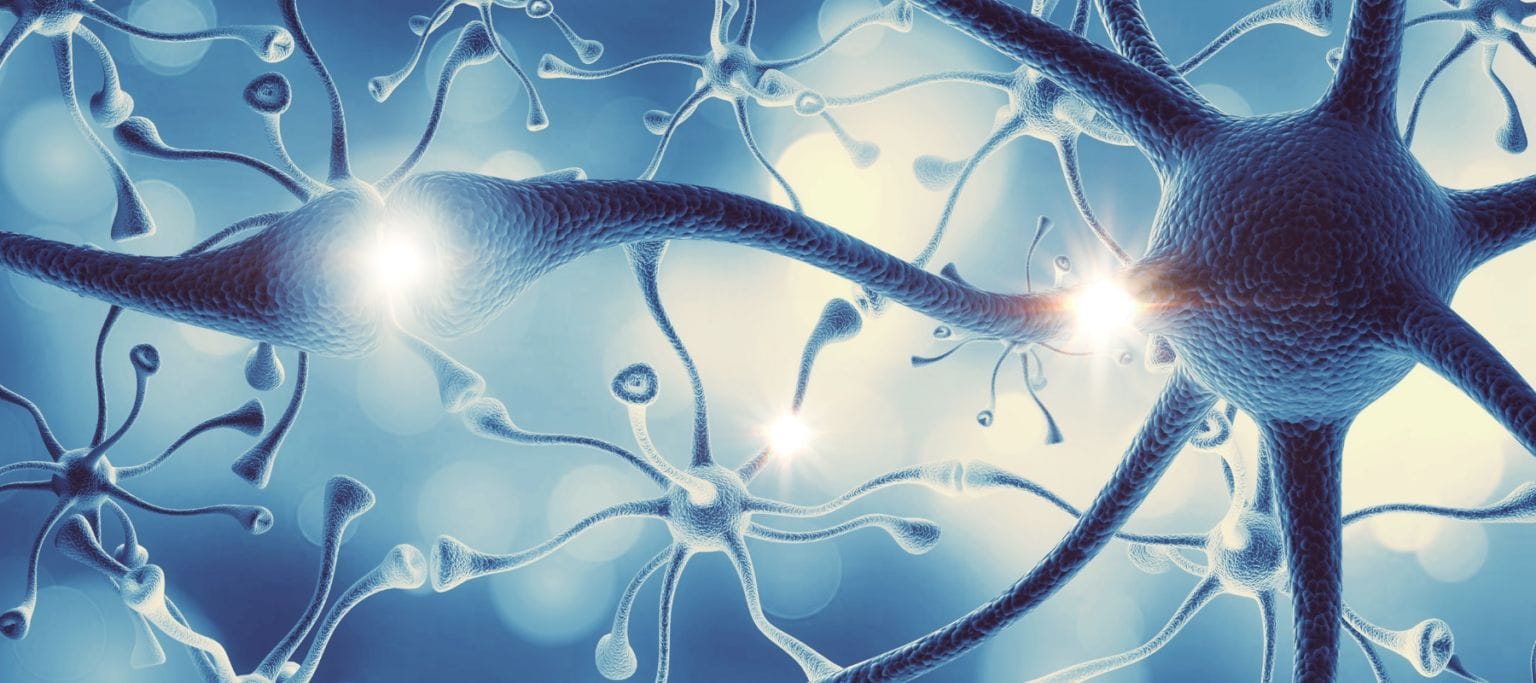May is National Walking Month. What better time to celebrate the incredible benefits of walking for both physical and mental wellbeing? We all know that walking is great for our physical health, but did you know that it also has a profound effect on the brain?
We explore the science behind the positive effect walking and physical exercise has on the brain.
Increased blood flow
Exercise, including walking, has been shown to improve blood flow to the brain. This is important for brain function and overall health. Increased blood flow can help to nourish brain cells with oxygen and nutrients helping them to function at their best. Brain cells need a constant supply of oxygen and nutrients to work efficiently. When brain cells are deprived of oxygen and nutrients, they can become damaged or die. This can lead to cognitive decline and even diseases such as Alzheimer’s and dementia.
Increased blood flow to the brain as a result of exercise can improve cognitive function and memory. Studies have found that older adults who engaged in regular aerobic exercise have larger brain volumes in areas associated with memory and cognitive function compared to those who did not exercise regularly.

Brain-derived neurotrophic factor (BDNF)
Brain-derived neurotrophic factor (BDNF) is a protein that is produced in the brain. It plays a crucial role in the growth, survival, and maintenance of neurons (nerve cells) in the brain. BDNF is a member of the neurotrophin family of proteins, which are involved in the growth and survival of neurons.
BDNF is important for brain plasticity, the brain’s ability to change and adapt in response to new experiences. BDNF promotes the growth of new neurons and the formation of new neural connections in the brain. This is essential for learning, memory, and other cognitive functions including mood regulation.
Research has shown that exercise can increase the production of BDNF in the brain. The increase in BDNF levels is thought to be one the ways exercise improves cognitive function and memory. People who engage in regular physical activity have been found to have higher levels of BDNF than sedentary individuals.
Neurogenesis
Walking has also been shown to promote neurogenesis. Neurogenesis is the process of generating new neurons in the brain. It primarily occurs in two regions of the brain: the hippocampus, which is important for learning and memory, and the olfactory bulb, which is associated with the sense of smell.
Like the production of BDNF, neurogenesis is also important for brain plasticity. It plays a crucial role in learning and memory. It is also vital in the recovery from brain injury and the treatment of neurological and psychiatric disorders.
Exercise has been shown to increase the volume of the hippocampus. This may be an indication of increased neurogenesis.

Endorphins
When we exercise, our bodies release endorphins. Endorphins are natural painkillers and mood boosters. They are a type of neuropeptide, or small protein molecule, produced by the central nervous system and the pituitary gland. They are often referred to as the “feel-good” chemicals because they can produce feelings of euphoria, pleasure, and wellbeing. Endorphins are released in response to certain stimuli, such as exercise, stress, pain, or pleasure.
Endorphins can reduce pain and stress levels and improve mood. Walking can increase the production of endorphins. Regular exercise has also been shown to increase the number and sensitivity of endorphin receptors in the brain, making people more responsive to the effects of endorphins.
Cortisol Reduction
Cortisol is a hormone that is produced by the adrenal glands in response to stress. It is often referred to as the “stress hormone” because its production is triggered by physical and emotional stress. Cortisol plays a vital role in the body’s stress response system. It helps to regulate blood pressure, blood sugar levels, and immune function.
While cortisol plays a vital role in the body’s stress response system, chronic or prolonged exposure to high levels of cortisol can have negative effects on the body. This can include increased blood pressure, decreased immune function, and weight gain.
Regular exercise, including walking, can help to reduce cortisol levels in the body and promote relaxation and calmness. This can counteract some of the negative effects of chronic stress on the body.

Walking is for your brain and body
As you can see, walking is not only great for physical health, but it also has profound and complex effects on the brain. By increasing blood flow, promoting neurogenesis, and boosting levels of BDNF and endorphins, walking can help to improve cognitive function, reduce stress and anxiety, and promote overall mental wellbeing.
As we come to the end of National Walking Month, why not lace up your shoes and take a stroll?
If you’d like to speak to us or find out more about how we could support you or your business, get in touch here. We’d love to hear from you.


